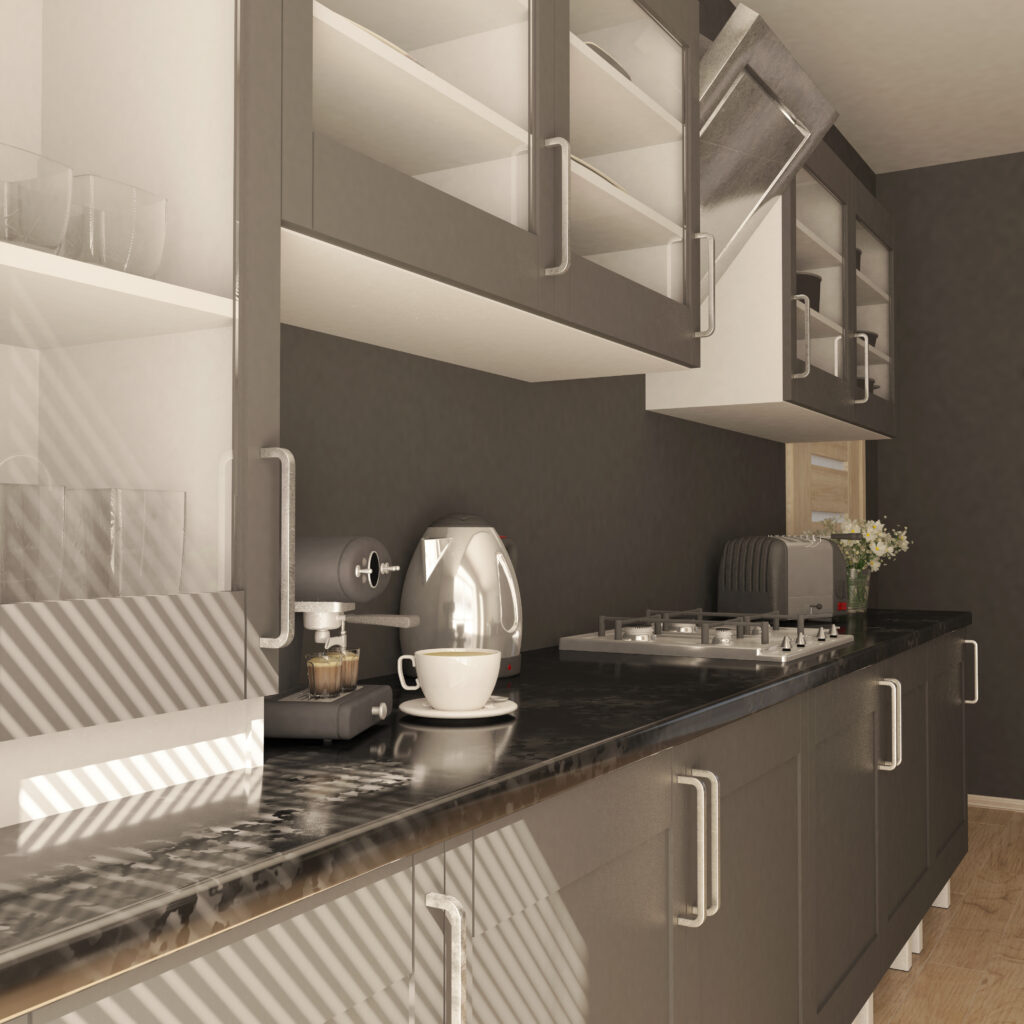
Quartz countertops have gained immense popularity in San Francisco, California, due to their durability and aesthetic appeal. But have you ever wondered how quartz countertops are made? From raw materials to the final product, here are 10 interesting things to know about the manufacturing process of quartz countertops.
1. Raw Materials
Quartz countertops are made using natural quartz crystals as the primary ingredient. These crystals are mined from quarries around the world. The quartz crystals are then crushed into small particles of varying sizes.
2. Mixing the Quartz
The crushed quartz particles are mixed with resins and pigments. Resins, typically made of polyester or epoxy, act as a binding agent that holds the quartz particles together. Pigments are added to create a wide range of colors and patterns.
3. Color Enhancement
During the mixing process, pigments are added to enhance the color of the quartz. This step allows manufacturers to create a variety of quartz designs, including solid colors, patterns resembling natural stone, and even surfaces that mimic the look of marble or granite.
4. Vacuum and Vibrocompaction
Once the quartz, resins, and pigments are thoroughly mixed, the mixture is transferred to a vacuum chamber. The vacuum removes any trapped air bubbles, ensuring a solid and uniform mixture. Vibrocompaction is then performed, which uses vibration and pressure to further compact the mixture.
5. Slab Formation
The compacted quartz mixture is poured into a mold or a slab-forming machine. The mixture is spread evenly, and excess air and moisture are removed. The slab is then compressed under high pressure to create a dense and solid slab of quartz.
6. Curing Process
After the slab is formed, it goes through a curing process to harden the resin and ensure the structural integrity of the quartz. The curing process typically involves subjecting the slab to heat and pressure for a specific period.
7. Calibration and Finishing
Once the slab is cured, it undergoes calibration to achieve a consistent thickness. This is done by running the slab through a calibration machine that trims off any excess material and ensures uniform thickness. After calibration, the slab is ready for finishing. Finishing processes may include polishing, honing, or texturing the surface to achieve the desired look and feel.
8. Quality Inspection
Before the quartz slabs are considered ready for market, they undergo a thorough quality inspection. Trained technicians examine the slabs for any defects, such as cracks, inconsistencies in color or pattern, or other imperfections. Only the slabs that meet the quality standards are approved for sale.
9. Distribution and Fabrication
The finished quartz slabs are then distributed to retailers, fabricators, and contractors in San Francisco, California, for further processing. Fabricators and contractors work with the quartz slabs to measure, cut, and shape them according to the specific dimensions and requirements of each customer’s kitchen or project.
10. Installation
The final step in the process is the installation of quartz countertops in San Francisco. Experienced installers carefully place and secure the cut and shaped quartz slabs onto the cabinets or base structure. Proper installation techniques, including leveling, sealing, and jointing, are employed to ensure a secure fit and a professional finish.
Conclusion
Understanding how quartz countertops are made provides insight into the intricate process behind their production. From mining natural quartz crystals to mixing, curing, and fabrication, each step contributes to the durability, versatility, and aesthetic appeal of quartz countertops in San Francisco, California. By knowing the manufacturing process, homeowners can appreciate the craftsmanship and quality of quartz countertops while making informed decisions for their kitchen or remodeling projects

